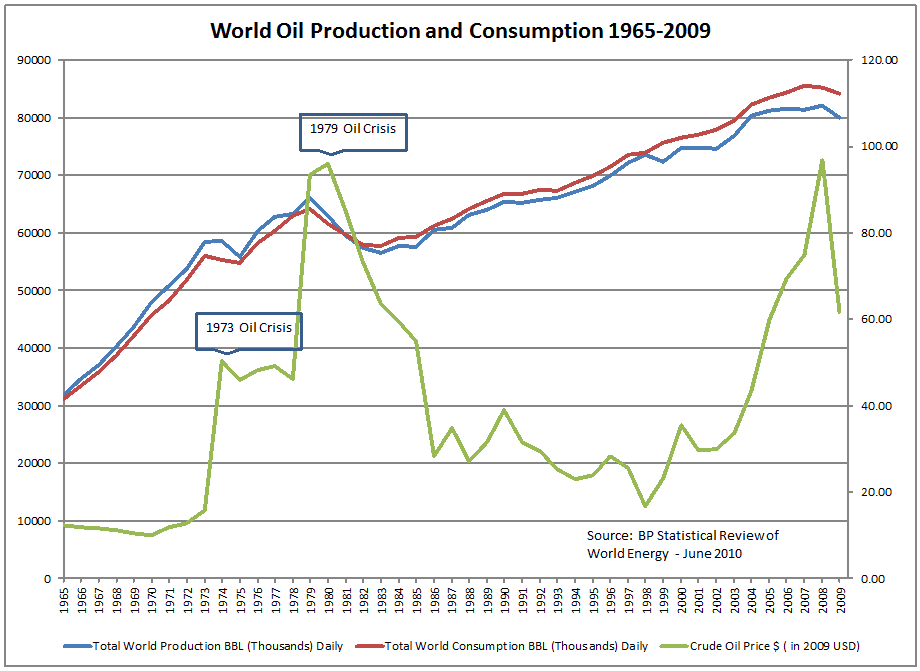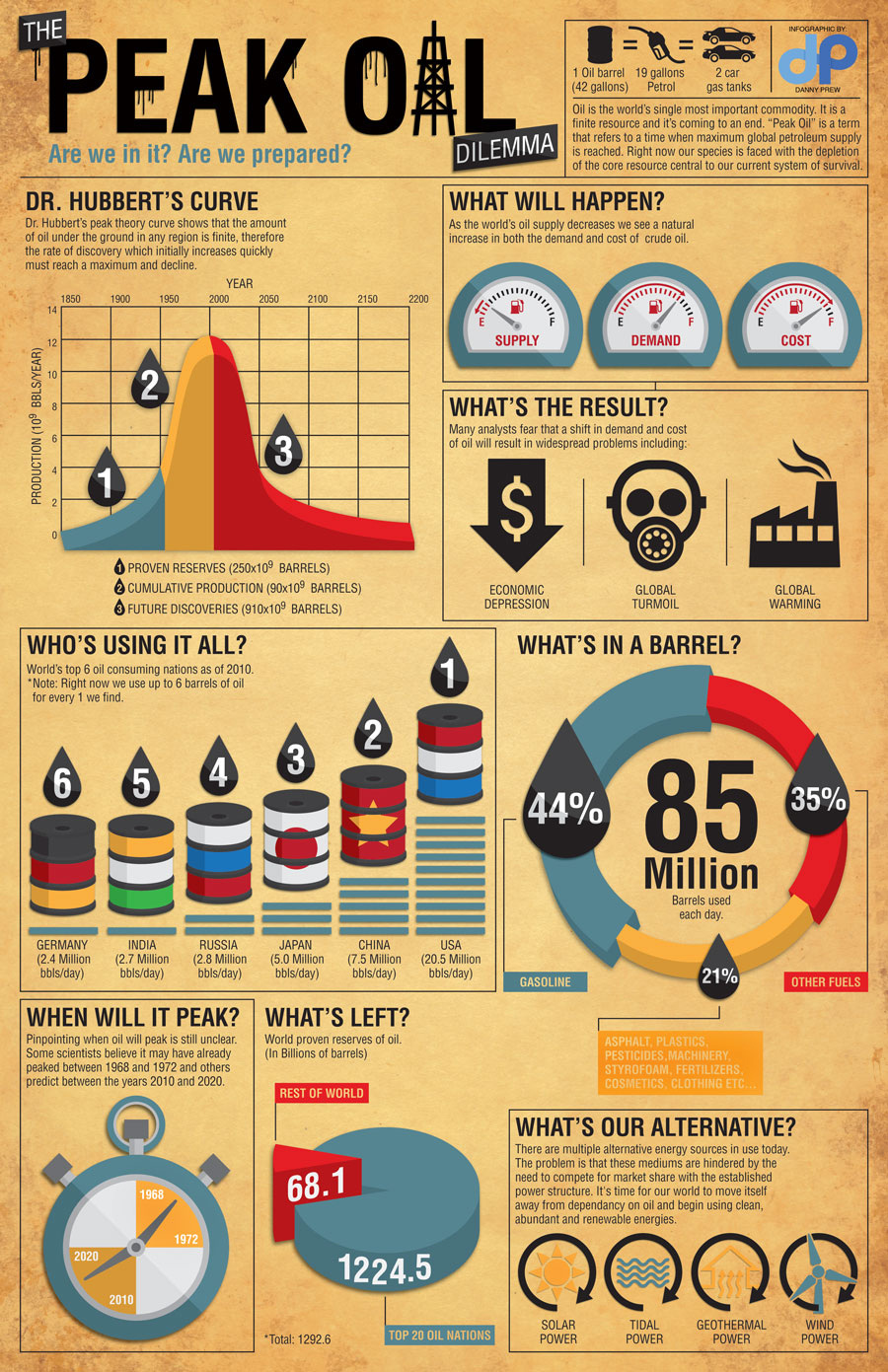

Once an engine gets beyond perhaps 75,000 miles, and certainly past 100,000, increased oil consumption should be expected. If an engine requires a quart every, say, 3,000 miles or less, that could be a sign of a leak (which may not be easily visible) or of internal engine problems, such as worn valve guides, piston rings or any of a number of different types of seals.
OIL CONSUMPTION MANUALS
In a tip sheet to fleet-vehicle operators, GM says normal consumption “can be in the range of one quart within 2,000 miles on a properly driven and maintained vehicle.” Other manufacturers say nothing in their owner’s manuals about oil consumption - and if you ask what’s “normal,” the answer you get may depend on whom you talk to.Īs a rule, most engines with fewer than 50,000 miles shouldn’t use much more than a quart of oil between oil changes (unless the manufacturer says differently). For example, BMW tells owners it’s normal for some of its engines to burn a quart of oil in fewer than a thousand miles. While oil burning is a relatively common problem, manufacturers don’t provide uniform guidance on this issue, so what might be normal for one engine could be excessive for another.

So how much burning oil is “normal,” and when does it become excessive? And what if it’s a relatively new engine, such as one with fewer than 25,000 miles on it? “Normal” Oil Burning in One Vehicle May Be Excessive in Another If engine oil gets in the combustion chamber it will burn, possibly in amounts small enough not to produce telltale blue smoke in the exhaust, but enough to notice when you check the car’s dipstick. Common culprits that result in burning oil include worn valve stems, guides and seals, and piston rings, all of which can allow oil to seep into combustion chambers. Burning oil is a common problem, but when it is ignored, it can do major damage to your car’s engine. Because of wear, vehicles are more likely to consume engine oil as they age.


 0 kommentar(er)
0 kommentar(er)
